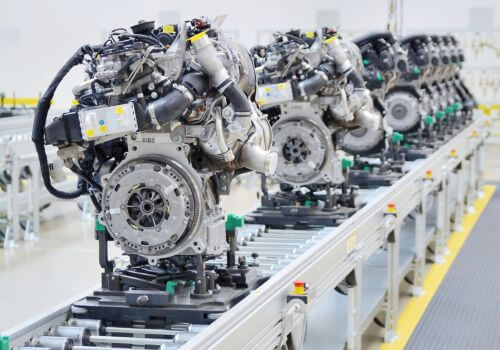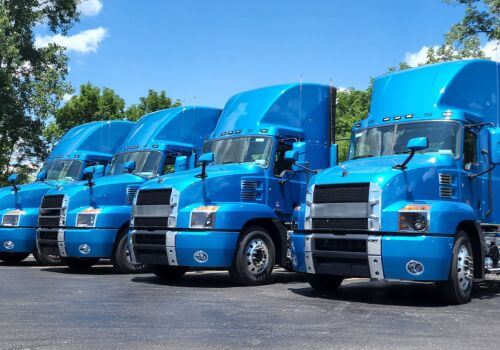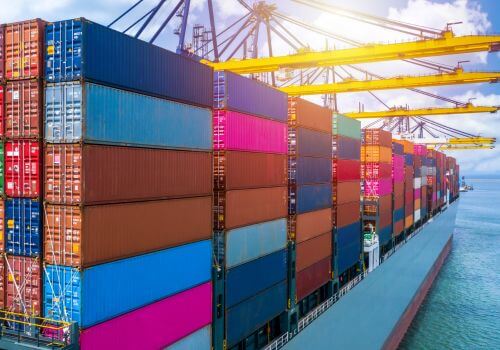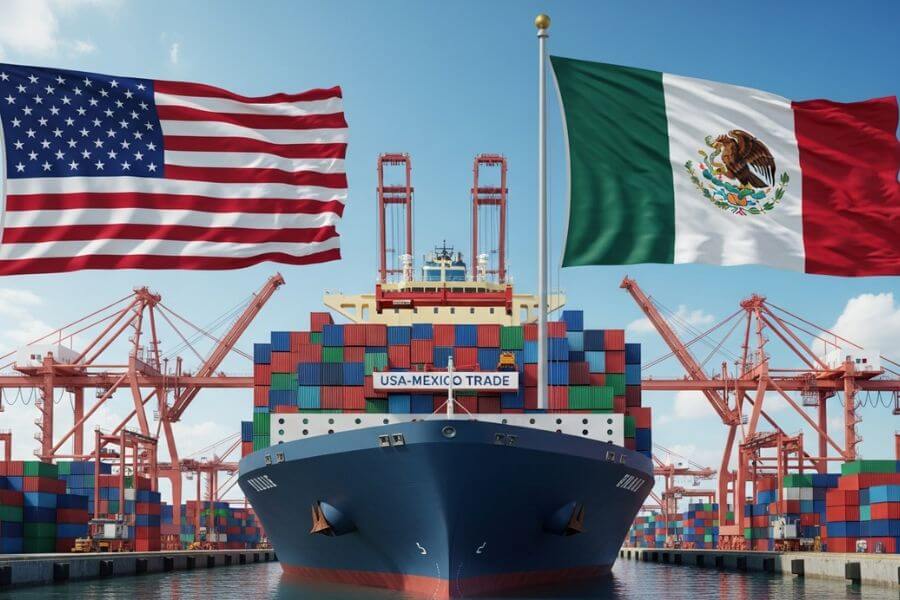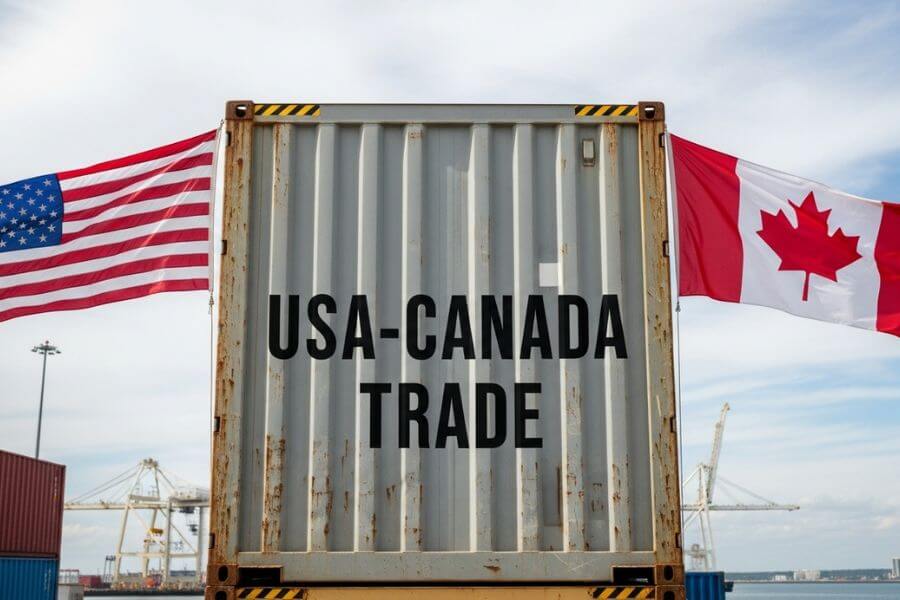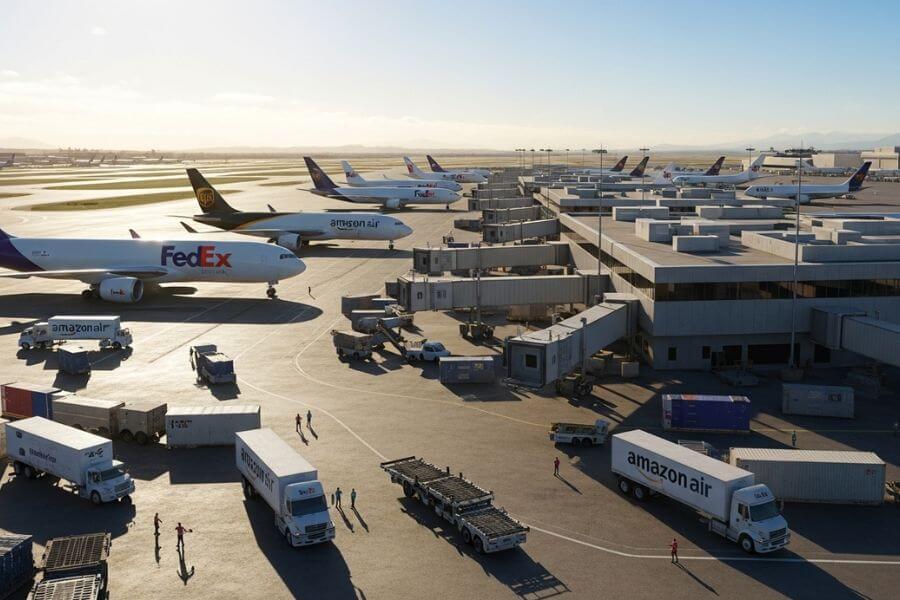Heavy trucks used for long-haul transport will need to cut harmful nitrogen oxide pollution by more than 80% under new standards released on December 20th, 2022, by the Environmental Protection Agency (EPA).
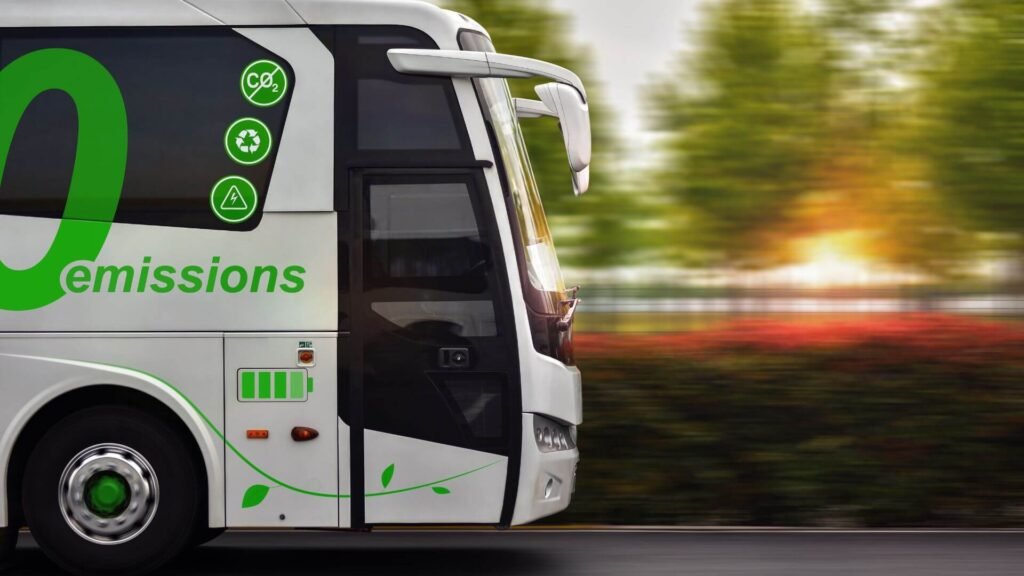
Environmental and health advocates praised the new shift in standards but truck makers said they have “no interest” in curbing nitrogen oxide because of mechanical and technical complications during truck building production. Nitrogen oxide is a violent pollutant that causes issues including respiratory illness, cardiovascular problems, and even death.
Health problems are a large issue for low-income residents who live in industrial and port areas. The EPA says 72 million people live near freight routes in the U.S. and are frequently exposed to nitrogen oxide – unknowingly harming their long-term health.
We Are Hiring
$7,000 Sign On Bonus!!!
With the new pollution standards, alongside greenhouse gas emission limits in 2023, and government investments for further industry sustainability, zero-emission electric and hydrogen fuel cell trucks will end up carrying most of the nation’s freight (according to the EPA). “This is just the first action under EPA’s clean trucks plan to pave the way toward a zero-emission future,” Administrator Michael Regan said in a prepared statement.
EPA officials say exhaust emission reduction technology is available for truck engine manufacturers to meet the large standards that will take full effect in 2027. Though manufacturers were hesitant to learn the cost of these truck parts, the EPA ensures they will meet a cost-friendly future.
Best-In-Class 3PL in the Midwest
As the fleet of heavy trucks is replaced by newer vehicles with updated technology – including electric vehicles, it should reduce nitrogen oxide pollution by 48% by 2045. The EPA expects greenhouse gas standards in the Inflation Reduction Act to bring the replacement of all diesel trucks with zero-emission alternatives.
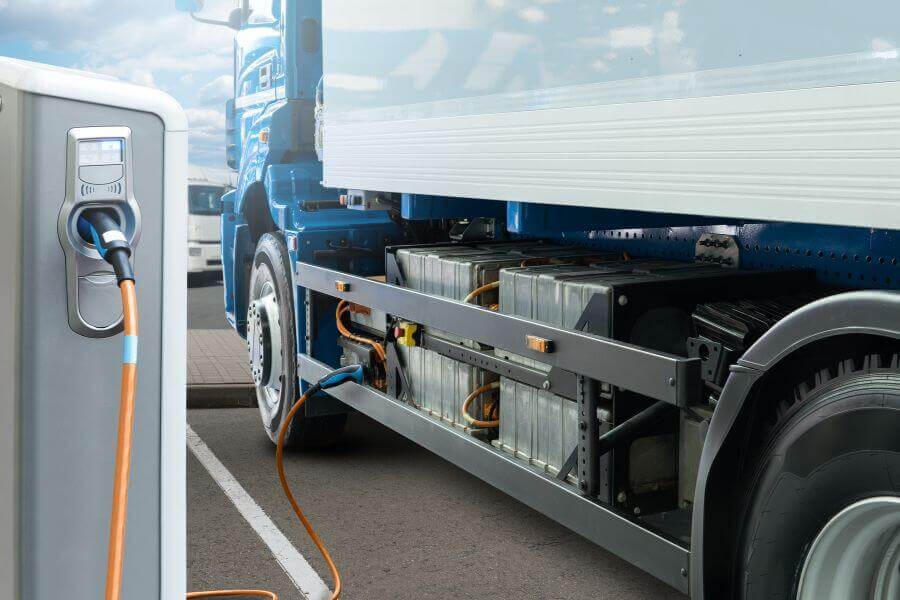
California Accelerates Green Transport With $122.9 Million Federal Grant for Zero-Emission Infrastructure
California has secured a substantial $122.9 million grant from the U.S. Department of Transportation to enhance its zero-emission vehicle infrastructure, significantly bolstering the state’s capacity
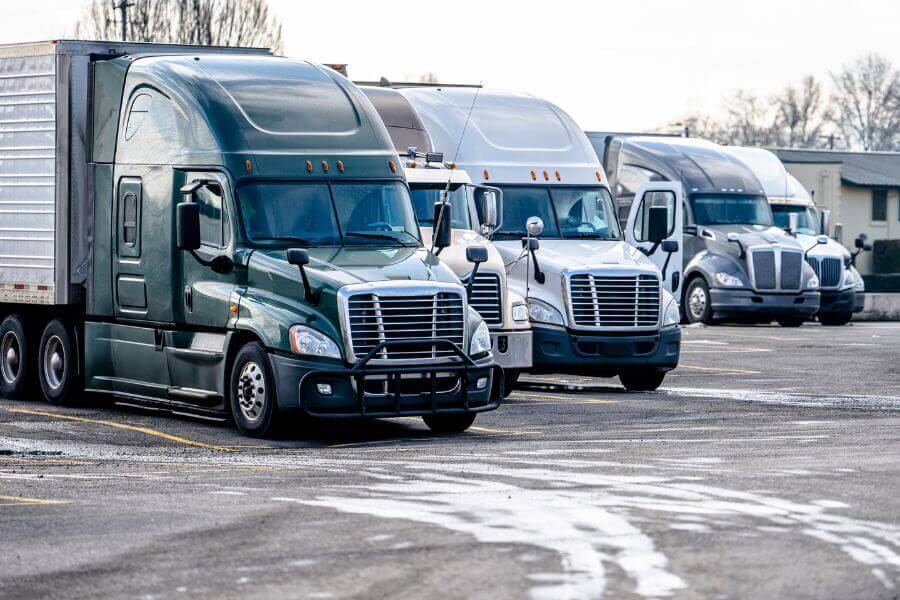
Trucking Activity Dips, Reflecting Ongoing Freight Market Volatility
Trucking activity experienced a decline in November following a rise in October, indicating ongoing volatility in the freight sector, according to the American Trucking Associations
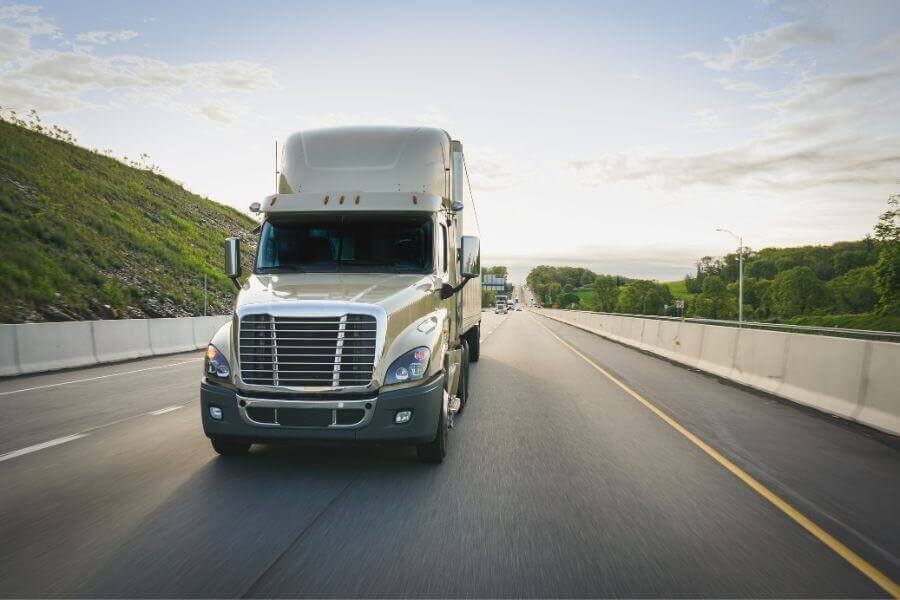
Trucking Industry Edges Toward Balance as Supply-Demand Dynamics Shift
The trucking industry is showing signs of stabilizing as the imbalance between freight demand and capacity begins to normalize, according to industry analysts. The COVID-19



